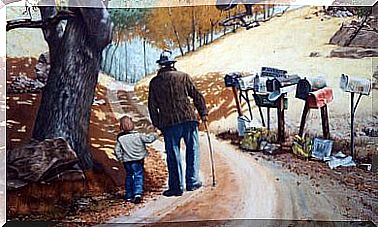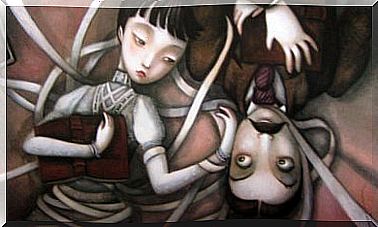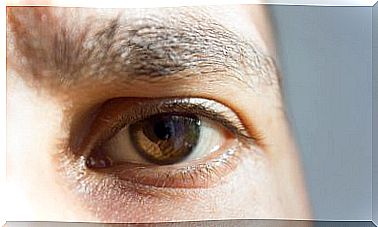The Anatomy Of Fear: Physiological And Psychological Bases

Thomas Hobbes said that the day his mother was born, he gave birth to two twins: himself and his fear. Few emotions define us as much as this stubborn and recurring material that not only does not guarantee our survival, but also often acts as a true sequester of opportunities, as a voracious enemy of our freedoms and personal growth.
Fear can be uncomfortable and paralyzing, we know that. However, eliminating it completely would be like leaving the doors and windows of our house open, like walking barefoot on sharp and stony ground. In other words, a meaningless risk that would directly affect our balance and subsistence.
Furthermore, far from what we might think, brave or daring people do not simply erase this emotion from their minds. The fear is always there; just knowing how to handle it, manage it, make it ours.
Something interesting that Alfred Hitchcock himself used to comment – an overly understanding of these psychological matters – is that nothing could be more pleasant than “controlled fear”. A good part of the population goes to movie theaters with the simple purpose of experiencing fear, anguish, terror. However, the simple fact of knowing that they are in a safe environment and that they will later leave that room “unharmed”, relaxed and in the company of their partners and friends creates a stimulating sense of well-being.
To say that fear is necessary and healthy is not outrageous. This primary emotion is very beneficial to the human being as long as we maintain some control over it. However, the moment this adaptive response takes over and triggers a whole series of chemical storms and physiological changes in our body, things change completely.
It is then when we give way to the most paralyzing stress, panic attacks and that emotional “kidnapping”, where we are subject to a series of complex and interesting processes …

Physiological bases of fear: the abduction of the amygdala
Elena suffered a traffic accident 6 months ago when she was taking her young daughter to school. Both were unharmed, and yet the memory of the incident and the psychological impact of it remain attached to her mind like an open wound that is seriously affecting her quality of life.
Sometimes even the creak of the bottle of water that she places on her table at night wakes her up with a start and panic, remembering the blow that another car hit her vehicle. To this day, Elena is still unable to take the car. Just by sitting down and placing your hands on the wheel, your heart races, you feel like vomiting, and the world spins around you as if you were inside a spinning top.
When reading this fictitious but recurrent story in those who have suffered a traffic accident, we know that our protagonist will have to ask for help sooner or later. However, to understand the origin of our most common panics, phobias and fears, it is not enough just to understand their origin. It is necessary to go a little further, immerse ourselves in the anatomy of our brain.
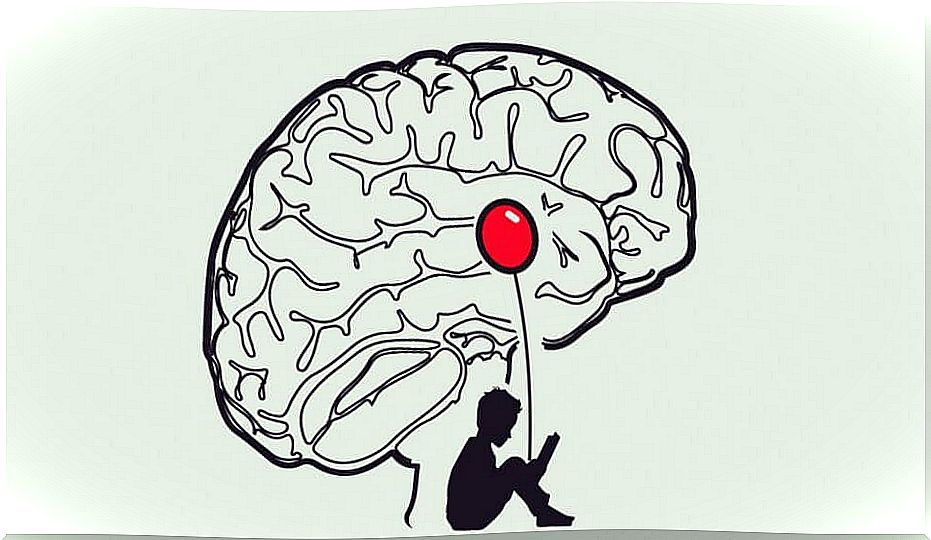
The oldest layer of your brain
All the information that enters through the senses passes through the amygdala, a very small structure of our limbic system that in turn makes up that oldest area of the brain, governed exclusively by our emotions. It is interesting to know that the amygdala “monitors” everything that happens inside and outside of us and that when it detects a possible threat, it activates a series of connections to generate a whole kaleidoscope of complex reactions.
Its “alarm” system instantly activates the nervous system to set in motion a very specific response: flight, and for this, it will prepare our entire organism.
- We will experience an increase in blood pressure, an intensification of cellular metabolism, an increase in blood glucose, an increase in blood clotting, and even an increase in mental activity.
- Also, much of our blood will go to the larger muscles, such as the legs, to have enough energy to escape if necessary.
- Adrenaline reaches our entire body, even causing our immune system to stop its tasks because the brain does not consider its work essential. What is necessary at this time is to be able to flee or otherwise, prepare for the fight.
As we can see, all this succession of physiological and chemical alterations can help us to escape from an objective danger, from a real threat. However, when fear is psychological and intangible, when we have the case of someone like Elena who already associates any sudden sound with the memory of her accident triggering a panic response, we will undoubtedly understand the wear and tear that living in this way for months can entail. or years.
The psychology of fear and the importance of managing this emotion
If there is a truly exhausting dimension for the human being, it is pathological fear. That which makes up the complex anatomy of generalized anxiety disorder, senseless anguish, phobias, hypochondria or obsessive compulsive disorders … Fear comes as we see in many shades of gray and deep black, the kind where the person loses completely their ability to control, their quality of life, their dignity …
Next, we suggest you reflect on some simple strategies with which to try.
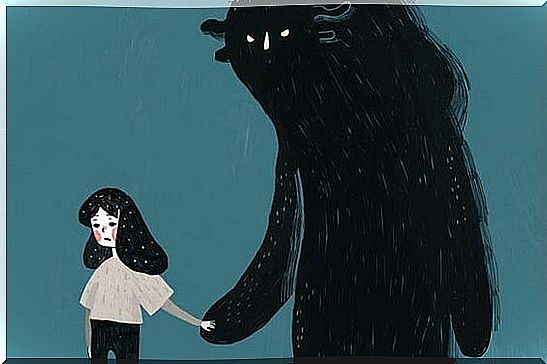
5 keys to dissuade your fears
We are going with some keys that can help us so that this emotion only conditions our behavior for our good:
- You are not your fear: identify your fears, do not condemn them to silence or secrecy. Give them a name.
- Declare “war” on your fears. Understand that they have invaded your privacy, take an active attitude towards them to regain control of your life.
- Know your fears, understand why they are there. Remember that fears respond to internal and external factors, that is, there is a subjective factor but also something external that bothers you, that takes away your calm and takes away your courage …
- Stop feeding it: understand that if we give more power to our fears every day, they will end up conquering us completely. Do not hesitate to “rationalize” it by combining more personal resources, breathing techniques, doing physical exercise, distracting your mind … All this will help you reduce anxiety.
- Talk to yourself as if you were your coach: start talking to yourself, as if you were your own coach , your own coach, design strategies to eliminate limiting behaviors, firmly encourage yourself to achieve small daily goals, congratulate yourself when you achieve them and remind yourself that this is a constant job.
To conclude, as we can deduce the subject of fears is a complex and very broad discipline, an area that should undoubtedly be understood in order to take better care of ourselves. Because at the end of the day, as they say, to aspire to real happiness, you must first cross the barbed wire of fear.
Bibliographic references
André, Cristoph (2010), Psychology of fear: fears, anxieties and phobias. Kairos
Hütler, Gerald (2001) “Biology of fear: stress and feelings” Current platform
Gower, L. Paul (2005) “Psychology of fear”: Nova Biomedical Books
